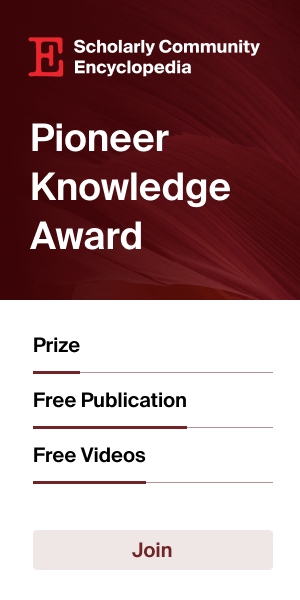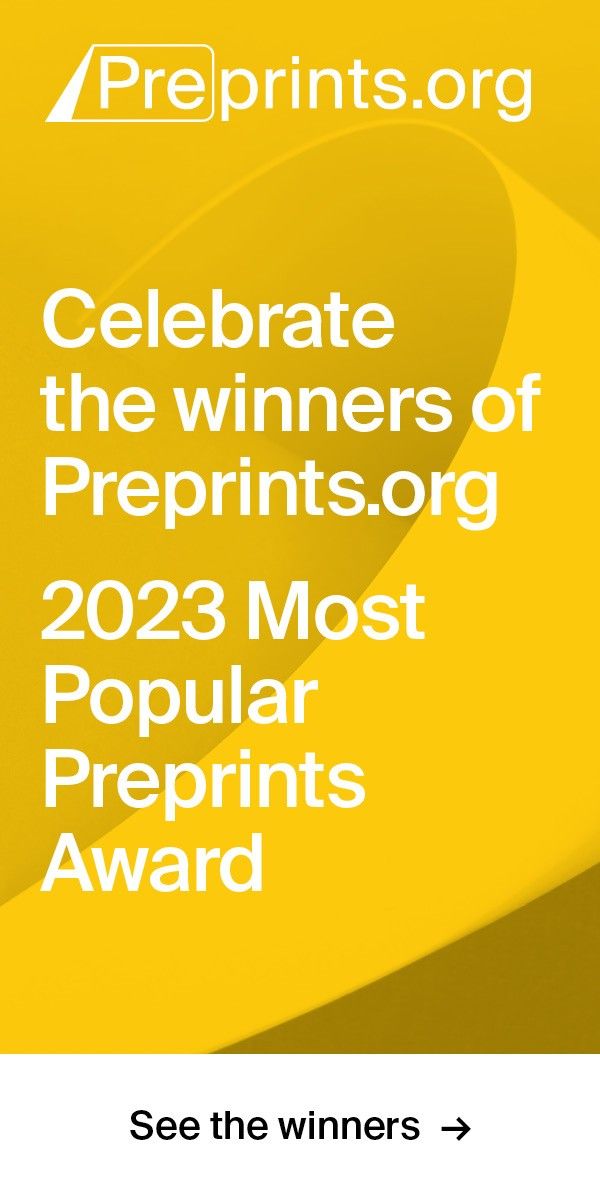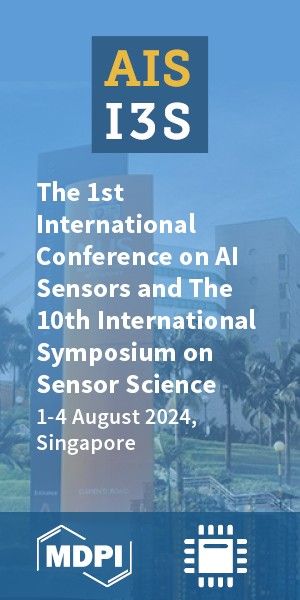Review
Version 1
Preserved in Portico This version is not peer-reviewed
Lactate, A Phoenix Rising in Contemporary Biology
Version 1
: Received: 12 September 2020 / Approved: 13 September 2020 / Online: 13 September 2020 (16:31:28 CEST)
How to cite: Brooks, G. Lactate, A Phoenix Rising in Contemporary Biology. Preprints 2020, 2020090299. https://doi.org/10.20944/preprints202009.0299.v1 Brooks, G. Lactate, A Phoenix Rising in Contemporary Biology. Preprints 2020, 2020090299. https://doi.org/10.20944/preprints202009.0299.v1
Abstract
After a Century it is time to turn the page on understanding of lactate metabolism and appreciate that lactate shuttling as an important component of intermediary metabolism in vivo. Cell-Cell and intracellular Lactate Shuttles fulfill purposes of energy substrate production and distribution as well as cell signaling under fully aerobic conditions. Recognition of lactate shuttling came first in studies of physical exercise where roles of driver and recipient cells and tissues were obvious. Moreover, the presence of lactate shuttling as part of postprandial glucose disposal has been recognized. Mitochondrial respiration creates the physiological sink for lactate disposal in vivo. Repeated lactate exposure from regular exercise results in adaptive processes such as mitochondrial biogenesis and other healthful circulatory and neurological characteristic such as improved physical work capacity, metabolic flexibility and cognition. The importance of lactate and lactate shuttling in healthful living is further emphasized when lactate signaling and shuttling are dysregulated as occur in illness and injury. Like a Phoenix, lactate rises again in importance in 21st Century Biology.
Keywords
Lactate Shuttle; Lactate; Exercise; Postabsorptive Metabolism; Postprandial Metabolism; Gene Adaptation; Muscle; Fiber Type; Gluconeogenesis; Glycogenolysis
Subject
Biology and Life Sciences, Anatomy and Physiology
Copyright: This is an open access article distributed under the Creative Commons Attribution License which permits unrestricted use, distribution, and reproduction in any medium, provided the original work is properly cited.
Comments (0)
We encourage comments and feedback from a broad range of readers. See criteria for comments and our Diversity statement.
Leave a public commentSend a private comment to the author(s)
* All users must log in before leaving a comment







